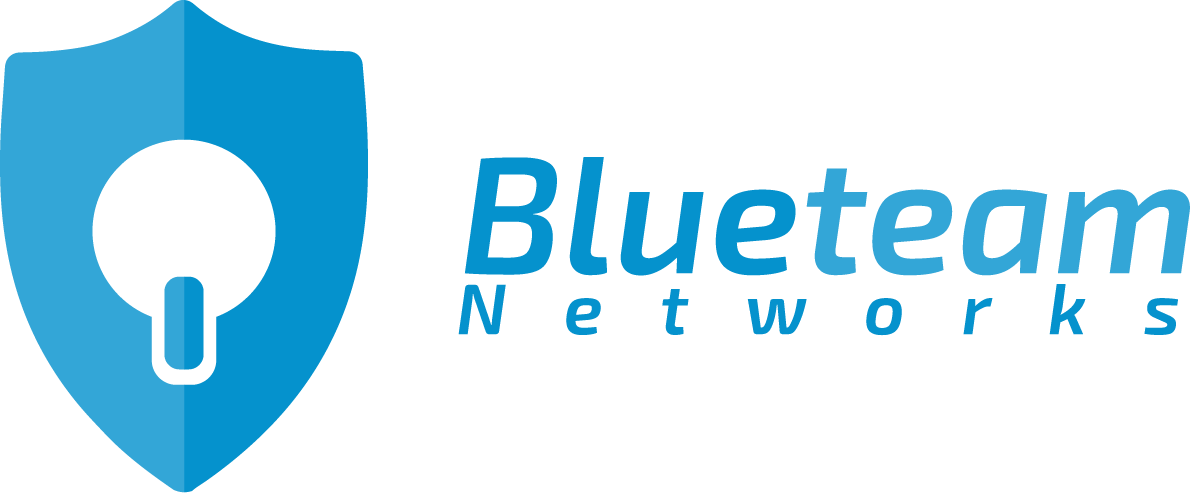6 min read
How and Why Your Business Needs to Conduct a Cybersecurity Audit
By: Mark Goodson on Oct 17, 2022 2:59:01 PM

When was the last time you conducted a comprehensive cybersecurity audit?
If you can't remember, you're at risk of cyberattacks. If you think your business is too small to bother with, you are at even higher risk. SMBs lost an average of $212,000 in 2021 due to cyber incidents that affected suppliers with whom they share data.
Large-scale data breaches are making the headlines as major security incidents, like ransomware attacks and phishing, become more sophisticated by the day. In 2021, for instance, 37% of global organizations were victims of ransomware attacks.
And it gets worse by the day; a new report from Earthweb shows that 30,000 websites are hacked worldwide every day. Phew!
So, how can small and medium-sized businesses stay safe in an environment where threats are rampant?
One way is to gain visibility into your entire cybersecurity program and policies. And it starts with a comprehensive cybersecurity audit. This article will take an in-depth look at cybersecurity audits and share some best practices to follow when conducting such audits.
What Is a Cybersecurity Audit?
A cybersecurity audit is a comprehensive analysis and review of an organization's IT infrastructure to identify vulnerabilities that might subject the company to security risks. It detects threats and vulnerable areas and displays weak links and high-risk practices.
A comprehensive cybersecurity audit goes beyond a company's IT infrastructure and weak links. It also examines an organization's policies, procedures, and controls to keep those risks at acceptable levels.
A detailed cybersecurity audit will:
- Discover unknown security vulnerabilities
- Ensure compliance with legal and industry regulations
- Determine whether your hardware and software are secure
- Gauge employee compliance with security policies
- Determine the adequacy of existing security policies
- Review disaster recovery plans
- Uncover inefficiencies in your hardware or software
A typical audit comprises three phases:
- Assessment
- Assignment
- Audit
The assessment phase is the first stage of a cybersecurity audit and involves examining the existing policies and IT infrastructure.
This typically involves checking your computers, servers, and other business systems. You also review access privileges to ensure access rights are only granted to authorized users.
Read: What Is Zero Trust Security in IT and Why Should Your Business Use It?
The assessment phase involves evaluating the overall organization's risk profile. During this phase, the auditing team identifies and assesses both the likelihood and potential impact of various risks to the organization.
In the assignment phase, you assign the appropriate solutions to the identified threats. This may include assigning your team the tasks of implementing those solutions.
You conclude with the audit phase.
This phase focuses on ensuring all installations, patches, and upgrades operate as expected and that they pose no threats to the organization.
Best Practices for Conducting a Cybersecurity Audit
Without further ado, here are four best practices you should consider to perform a successful cybersecurity audit in your organization.
-
Define Your Cybersecurity Scope
The first thing you'll need to do is define the scope of your cybersecurity audit.
For example, do you need a comprehensive audit of the entire organization? Or a partial audit focusing on specific aspects of your business? If you opt for a comprehensive security audit, you'll want to focus on the following components.
- Sensitive customer information
- Your cybersecurity policies and procedures
- Sensitive company information
- Compliance standards
- Important internal documentation
- Hardware such as servers, computers, peripherals, and personal devices
If you opt for a partial audit, like a compliance audit, you'll need the exact requirements of the cybersecurity standards, framework, and policies regarding the audit.
-
Identify the Threats
Once you've defined the scope, identify the threats specific to your audit. You'll need to carefully assess your company's ability to defend against those threats. Depending on the nature of your business, potential threats could include the following:
- Malware – Software intentionally designed to harm your network or systems
- Distributed Denial of Service (DDoS) – An attack where the attacker attempts to disrupt the normal traffic, network, or service by overwhelming the target with a flood of internet traffic to prevent users from accessing your systems
- BYOD – threats introduced by employees when allowed to bring their own devices to the business premises
- SQL Injection - Look for possibilities of attackers manipulating the SQL queries to retrieve sensitive data
- Social Engineering – What are the possibilities of your employees being manipulated by hackers to give up sensitive information
- Password theft – If you don't have password management policies, your employees' passwords (and network) could easily be compromised.
One of the ways you can identify the threats targeting your business is through continuous security monitoring. Many attack surface monitoring platforms exist that can automatically detect threats in real time and notify you about what you're up against.
-
Prioritize Risk Response
Once you have defined the scope and identified the threats, you must implement a cybersecurity incident response plan.
A robust incident response plan should cover the following:
- A recovery plan to ensure business continuity after a disaster
- A methodology for prioritizing risks and procedures for remediation
- A communication plan, including risk awareness and employee training
- Documentation of the prevention, detection, and response processes to protect security systems
-
Review Your Data Security Policy
Every organization should have a data security policy establishing rules for handling confidential customer and employee information.
Before the audit starts, make sure to review this policy concerning data integrity, confidentiality, and availability.
Data integrity reviews the accuracy of the collected customer and employee data. This also ensures the proper steps for data collection are followed and that the systems that handle the data remain operational in the event of an attack.
Data confidentiality is all about the access rights to the information.
This policy ensures that only authorized users have access to the data and details of what they can do and not do with it.
Lastly, availability outlines the conditions under which authorized users can access and distribute such data. Robust data security policies help auditors classify data and determine the levels of security needed to access and protect it.
Wrapping Up
A cybersecurity audit helps to identify and address security vulnerabilities.
With thorough assessments, organizations can gain a comprehensive overview of their systems and insights into the steps to thwart the threats.
Some of the best practices for conducting an internal cybersecurity audit include defining the scope of the audit, identifying the threats, prioritizing risk response, and reviewing data security policies.
Want to conduct a cybersecurity audit but aren't sure where to start or the steps to take? We can help! Get in touch with us today for a free consultation.
Recent Posts
What Your Business Needs to Know About Getting Cyber Insurance
Cybersecurity threats are becoming more common for small to medium-sized businesses.
Reply Chain Phishing: What Your Business Needs to Know
Cyber crimes reached new heights and drew more attention than ever in 2021.
Social Phishing: What You Need to Know
Over the last two decades, phishing has transformed from a spam-like threat into a destructive...


